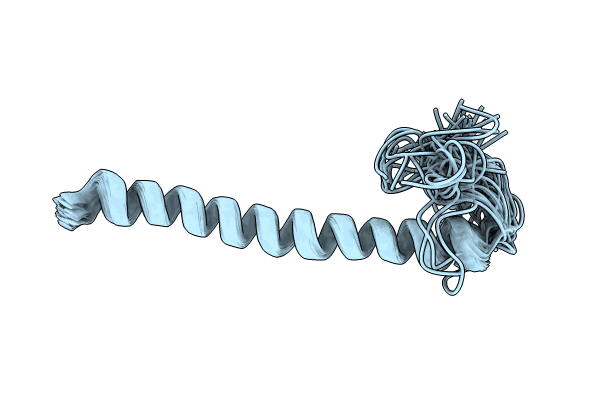
Deposition Date
2024-04-18
Release Date
2024-09-11
Last Version Date
2024-12-18
Method Details:
Experimental Method:
Conformers Calculated:
50
Conformers Submitted:
40
Selection Criteria:
structures with the least restraint violations


